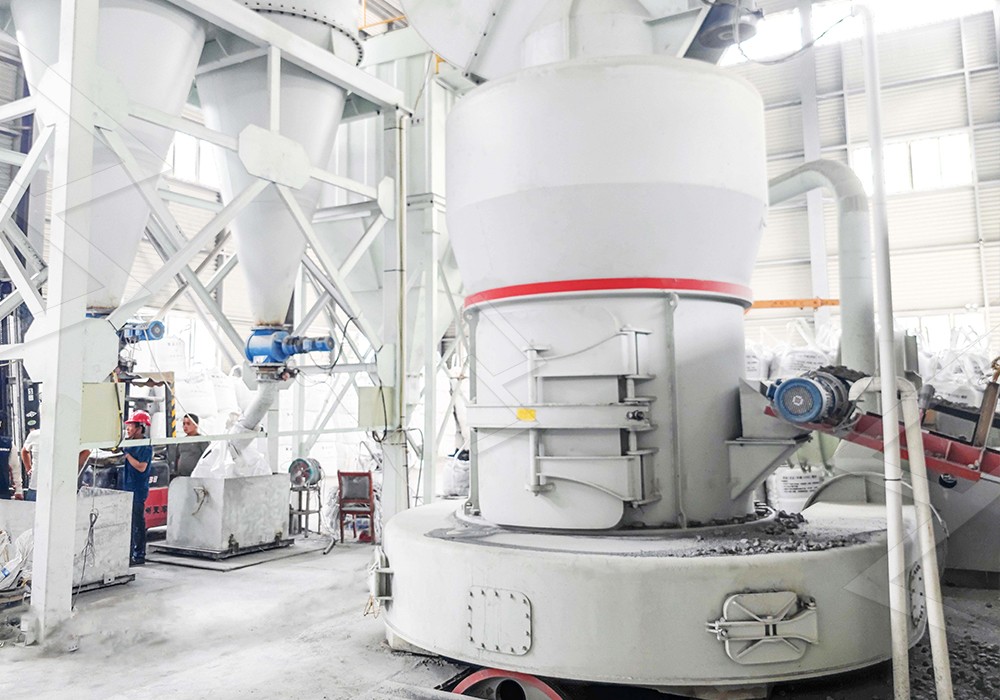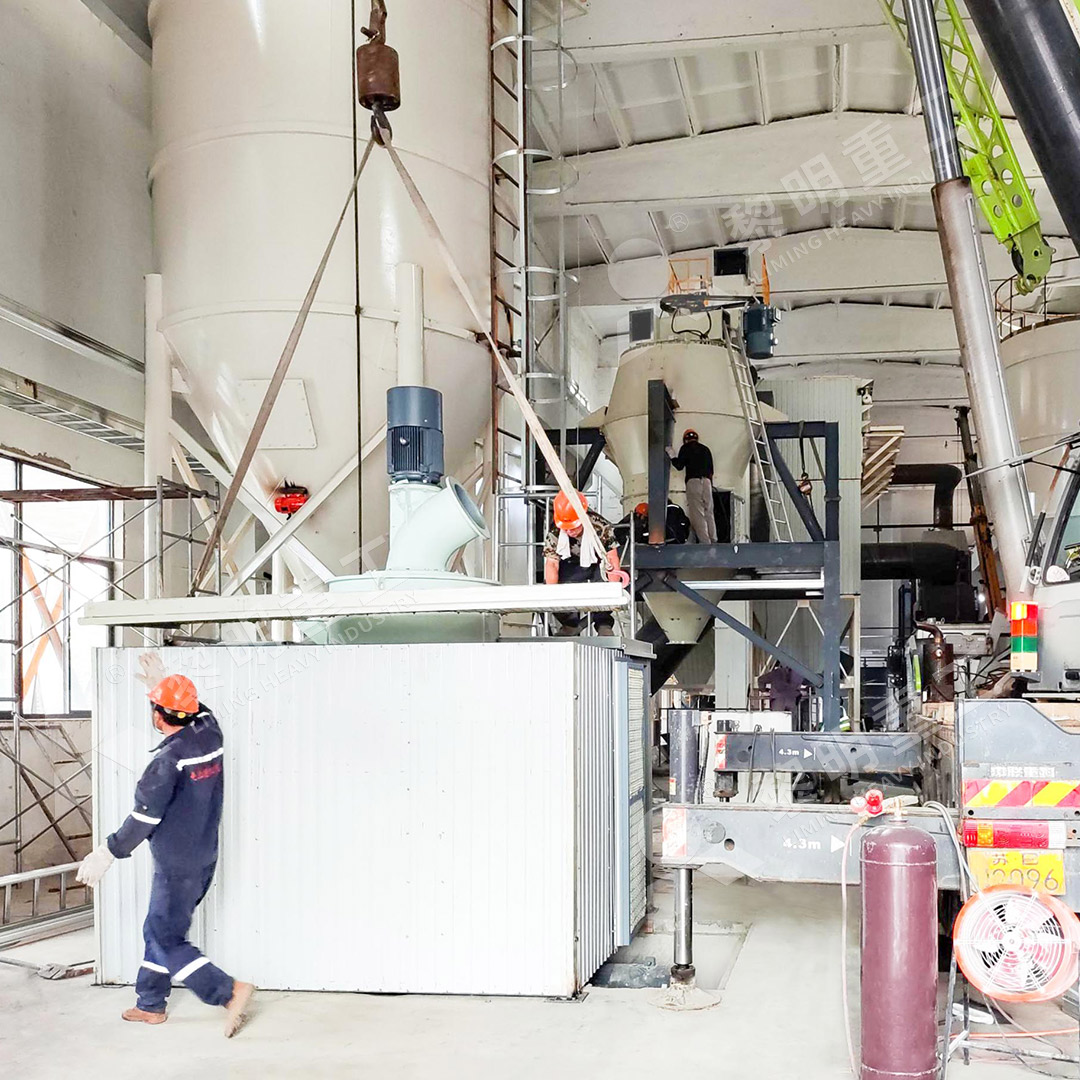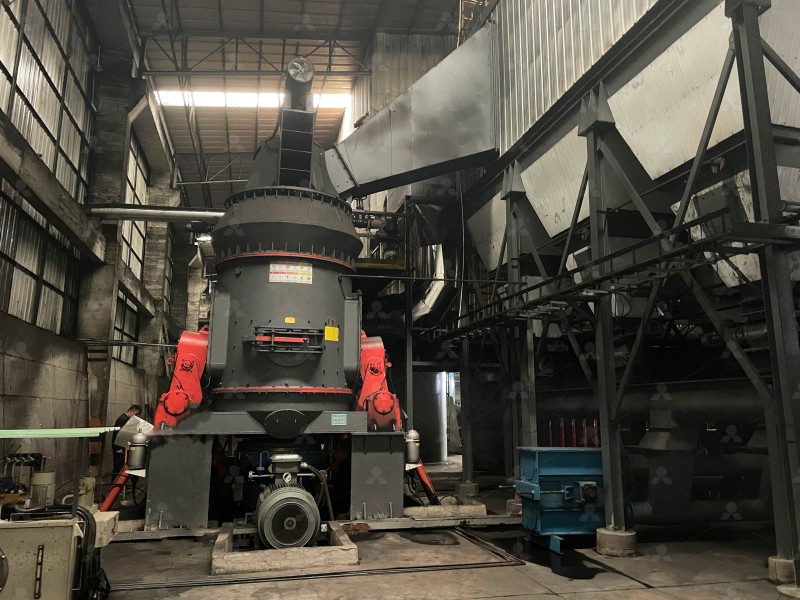How to Choose the Right Grinding Mill for Hydrated Lime?
How to Choose the Right Grinding Mill for Hydrated Lime?
Selecting the proper grinding mill for hydrated lime production is crucial for achieving optimal product quality, operational efficiency, and cost-effectiveness. Hydrated lime, also known as calcium hydroxide, requires specific grinding characteristics to meet various industrial specifications. This guide will help you navigate the key considerations when choosing equipment for your lime processing operations.
Key Factors in Mill Selection
When evaluating grinding mills for hydrated lime, several critical factors must be considered. The desired product fineness is paramount – different applications require specific particle size distributions. Production capacity requirements will determine the scale of equipment needed, while energy consumption directly impacts operating costs. The moisture content of your feed material and space constraints at your facility also play significant roles in the selection process.

Additionally, consider the total cost of ownership, including maintenance requirements, spare parts availability, and the manufacturer’s technical support capabilities. Environmental compliance is increasingly important, with dust emissions and noise levels being regulated in most jurisdictions.
Understanding Mill Technologies
Various mill technologies offer different advantages for hydrated lime processing. Traditional ball mills provide reliable performance but may lack energy efficiency for ultra-fine applications. Raymond mills offer established technology with proven results for coarse to medium grinding. More advanced vertical roller mills and trapezium mills deliver improved efficiency and finer product capabilities.
For operations requiring ultra-fine powder production with superior energy efficiency, the MW Ultrafine Grinding Mill represents an excellent solution. With an input size capacity of 0-20 mm and production rates from 0.5 to 25 tph, this machine is specifically engineered for customers needing to produce ultra-fine powder. The MW mill features higher yielding with lower energy consumption – offering 40% higher production capacity than jet grinding mills with system energy consumption only 30% of comparable equipment.

Specialized Solutions for Hydrated Lime
Hydrated lime presents unique grinding challenges due to its chemical properties and the need to prevent contamination. The MW Ultrafine Grinding Mill addresses these concerns through several innovative features. The absence of rolling bearings and screws in the grinding chamber eliminates concerns about bearing damage or loose screws causing machine failure. The external lubrication system allows for maintenance without shutdown, enabling continuous 24-hour production.
The mill’s adjustable fineness between 325-2500 meshes, with screening rates achieving d97≤5μm in a single pass, makes it ideal for premium hydrated lime products. The German-designed cage-type powder selector ensures precise powder separation, while the efficient pulse dust collector and muffler system maintain environmentally compliant operation with minimal dust and noise pollution.
Matching Mill to Application Requirements
Different hydrated lime applications demand specific product characteristics. Construction applications typically require coarser grinds, while chemical processes and environmental applications often need ultra-fine particles with high surface area. The versatility of modern grinding equipment allows producers to serve multiple market segments from a single installation.
For operations requiring even higher precision and advanced powder separation technology, the LUM Ultrafine Vertical Grinding Mill offers another sophisticated option. With input size of 0-10 mm and capacity ranging from 5-18 tph, this mill integrates the latest Taiwanese grinding roller technology with German powder separating expertise. Its unique roller shell and lining plate grinding curve design generates material layers more effectively, enabling high rates of finished products through single-pass milling.

The LUM mill’s double position-limiting technology ensures stable operation by preventing destructive impacts during machine vibration, while the reversible structure simplifies maintenance operations. Both the MW and LUM mills benefit from digitalized processing with high precision numerical control machining, particularly for core components, ensuring reliable long-term performance.
Making the Final Decision
When finalizing your grinding mill selection, consider conducting material tests with potential equipment suppliers. Most reputable manufacturers offer testing services using your specific hydrated lime samples to verify performance claims. Evaluate not only the initial equipment cost but also the long-term operational expenses, including energy consumption, maintenance requirements, and spare parts availability.
Ensure your chosen supplier provides comprehensive technical support and has a proven track record in lime processing applications. The right partnership will deliver not just equipment, but ongoing optimization and support throughout the equipment lifecycle.
Frequently Asked Questions
What fineness can I achieve with the MW Ultrafine Grinding Mill for hydrated lime?
The MW Ultrafine Grinding Mill can produce hydrated lime powder with fineness adjustable between 325-2500 meshes, with screening rates achieving d97≤5μm in a single pass.
How does the energy consumption of modern grinding mills compare to traditional equipment?
Advanced mills like the MW Ultrafine Grinding Mill consume only 30% of the energy required by traditional jet grinding mills while providing 40% higher production capacity.
What maintenance advantages do these mills offer?
The MW mill features no rolling bearings or screws in the grinding chamber, eliminating common failure points. External lubrication allows maintenance without shutdown, supporting continuous 24-hour operation.
Can these mills handle variations in feed material quality?
Yes, both the MW and LUM mills are designed to handle normal variations in hydrated lime feed quality while maintaining consistent product specifications.
What environmental features are incorporated?
These mills include efficient pulse dust collectors and mufflers that minimize dust and noise pollution, ensuring compliance with environmental regulations.
